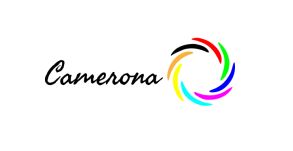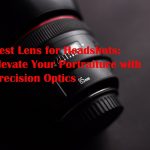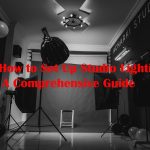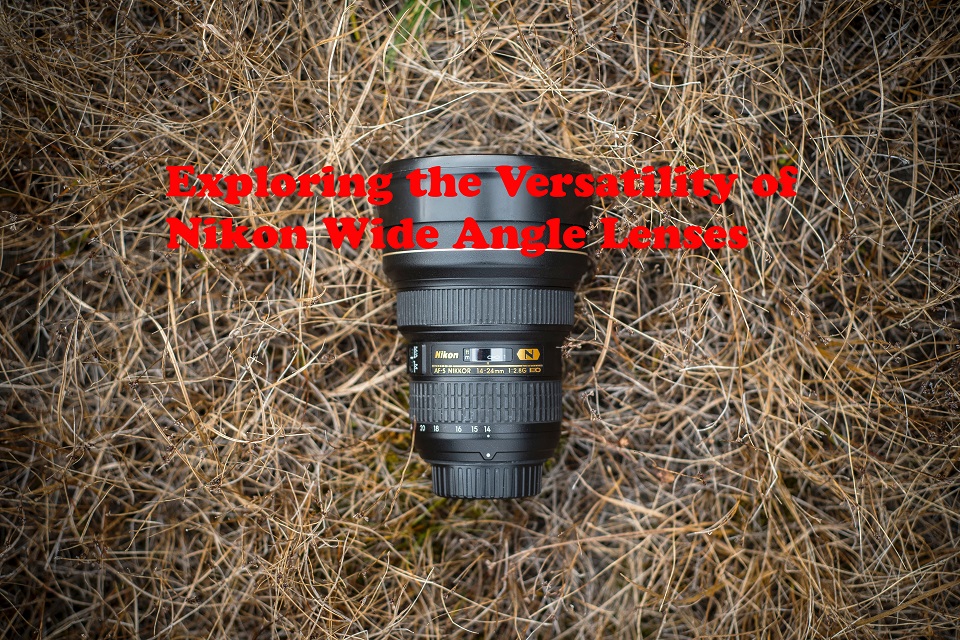
Exploring the Versatility of Nikon Wide Angle Lenses
Nikon, a renowned name in the world of photography, has consistently impressed photographers with their wide range of high-quality lenses. Among their impressive lineup, Nikon wide-angle lenses hold a special place. These lenses have the ability to capture breathtaking landscapes, architecture, and interior shots with exceptional clarity and perspective. In this article, we’ll delve into the world of Nikon wide-angle lenses, discussing their benefits, types, best usage scenarios, and more.
Table of Contents
Introduction to Nikon Wide Angle Lenses
Nikon wide-angle lenses are designed to capture a broader field of view compared to standard lenses, making them a go-to choice for photographers looking to create impactful visual narratives. These lenses provide a sense of depth and dimension that can transform ordinary scenes into extraordinary stories. Whether you’re capturing a majestic mountain range or the intricate details of interior space, Nikon wide-angle lenses offer a new perspective on the world around us.
Advantages of Wide Angle Lenses
Wide-angle lenses offer several advantages, making them an indispensable tool in a photographer’s kit. One of the primary advantages is their ability to include more of the scene in the frame. This is particularly useful for landscape photographers, as it allows them to capture the vastness of a landscape in a single shot. Additionally, wide-angle lenses provide a unique perspective by exaggerating the relative size of objects in the foreground and background. This distortion can be creatively used to create compelling compositions that draw the viewer’s eye.
Types of Nikon Wide Angle Lenses
Prime Wide Angle Lenses
Nikon offers a range of prime wide-angle lenses that are favored by professionals and enthusiasts alike. Prime lenses have a fixed focal length, which often results in superior image quality. The wide aperture of prime wide-angle lenses allows for excellent performance in low-light conditions, making them suitable for indoor and nighttime photography. These lenses are popular for their sharpness and the beautiful depth of field they can achieve. Photographers who prioritize image quality and are willing to work with a single focal length often opt for prime wide-angle lenses.
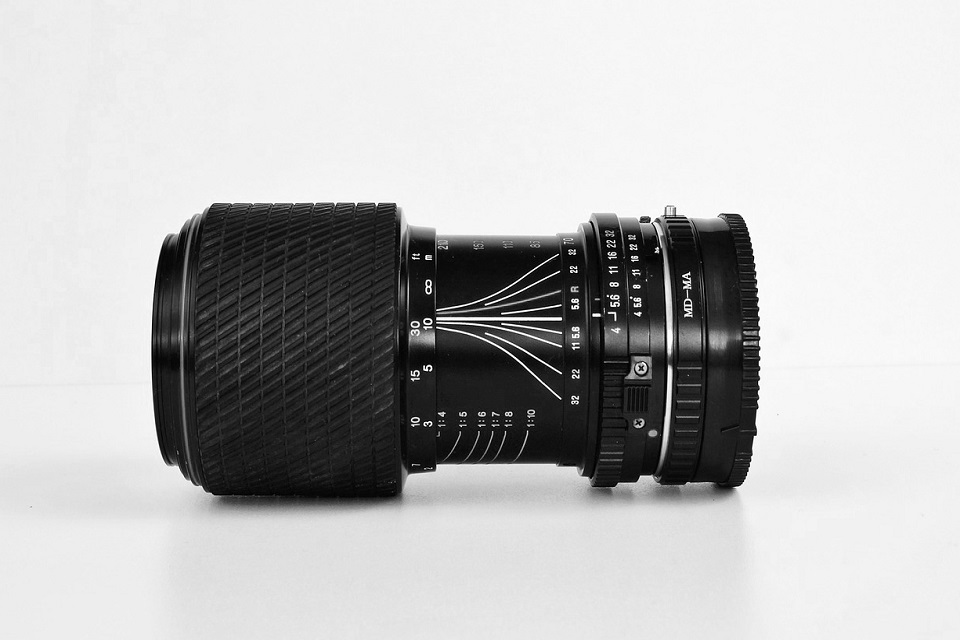
Zoom Wide Angle Lenses
Zoom wide-angle lenses provide photographers with versatility and flexibility. These lenses offer a variable focal length, allowing you to zoom in and out to compose your shot. While they may have slightly smaller apertures compared to prime lenses, they make up for it with their convenience. Zoom wide-angle lenses are excellent for situations where changing lenses might not be practical, such as when shooting in rapidly changing environments. They are particularly useful when you need to quickly adapt to different framing and composition needs.
Factors to Consider When Choosing a Wide-Angle Lens
Focal Length and Field of View
The focal length of a lens determines how much of the scene will be captured in your photograph. In the case of wide-angle lenses, shorter focal lengths provide wider views. For example, a 20mm wide-angle lens will capture more of the scene than a 35mm lens. This makes shorter focal length wide-angle lenses ideal for capturing expansive landscapes, architecture, and interiors.
Aperture and Low Light Performance
The aperture of a lens plays a crucial role in determining its performance in low-light conditions. A wider aperture allows more light to enter the lens, which is beneficial when shooting in dimly lit environments. Wide-angle lenses with larger apertures are particularly useful for night photography or situations where natural light is limited. Additionally, a wide aperture contributes to achieving a shallow depth of field, allowing you to isolate subjects from the background and create pleasing bokeh.
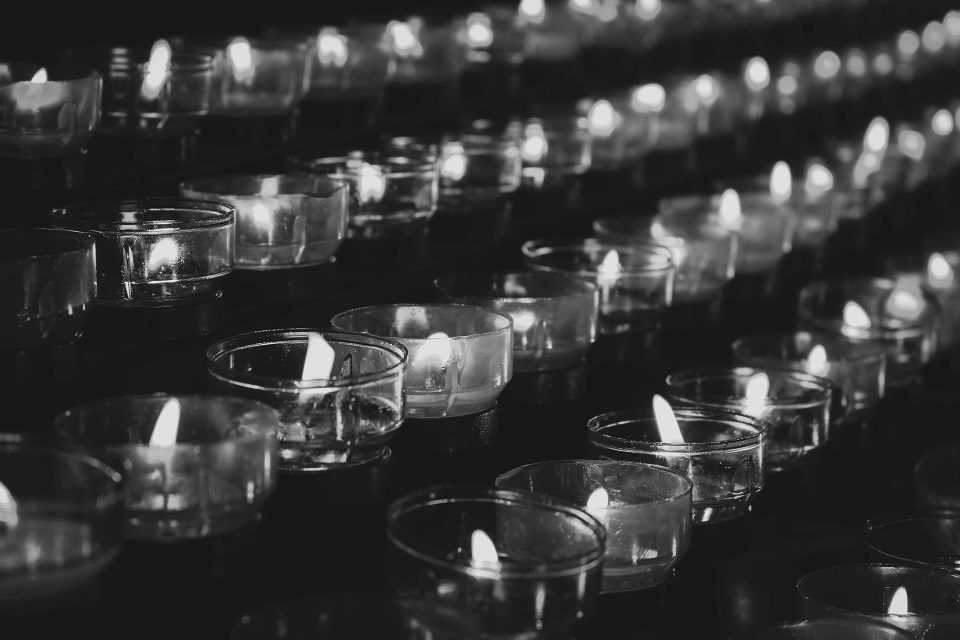
Image Distortion and Perspective
Wide-angle lenses can introduce distortion, especially at the edges of the frame. This distortion is commonly known as the “barrel distortion,” where straight lines appear curved. While some photographers may consider this distortion undesirable, it can also be creatively used to add a unique aesthetic to your images. Understanding how to control and manipulate distortion is essential for achieving the desired visual impact in your wide-angle shots. Furthermore, wide-angle lenses inherently offer a unique perspective by exaggerating the relative size of objects, allowing you to create dynamic compositions with foreground elements taking on a significant role.
Best Practices for Using Nikon Wide Angle Lenses
Landscape Photography
Nikon wide-angle lenses excel in landscape photography by capturing vast, sweeping scenes with intricate details. When shooting landscapes, it’s essential to consider the composition and balance of elements within the frame. Use leading lines, natural framing, and interesting foreground elements to guide the viewer’s eye through the image. Wide-angle lenses enhance the sense of depth in your landscape shots, making distant mountains and foreground flowers equally impactful.
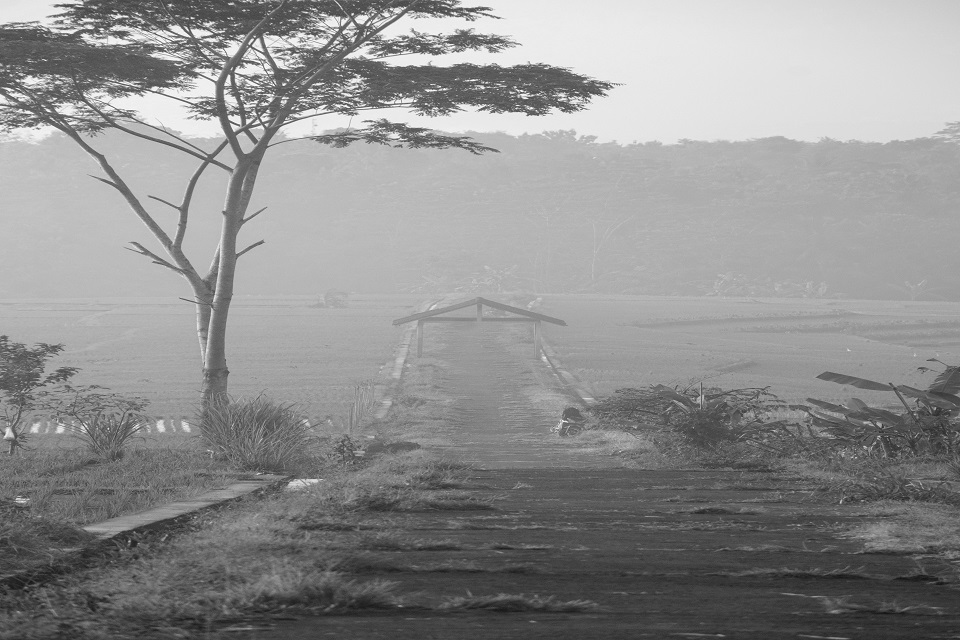
Architectural Photography
The versatility of wide-angle lenses makes them a perfect choice for architectural photography. These lenses allow you to emphasize the grandeur and lines of architectural marvels, showcasing the intricate details of buildings. When photographing architecture, pay attention to vertical lines and symmetry. Position yourself to capture the building at an angle that highlights its most captivating features. Wide-angle lenses can add drama to your architectural shots, making even the tallest skyscrapers appear towering and majestic.
Interior Photography
In tight spaces, Nikon wide-angle lenses allow you to capture the entirety of the room without compromising on image quality. When photographing interiors, ensure that you showcase the layout and design elements effectively. Wide-angle lenses can help make small rooms appear more spacious while preserving the details of the decor. Experiment with different angles and compositions to find the best way to present the interior space. Consider using a tripod to maintain sharpness, especially when shooting indoors with lower available light.
Tips for Maximizing Image Quality
Using a Tripod for Sharpness
When shooting with slower shutter speeds in low-light situations, such as during sunset or indoors, it’s essential to keep the camera steady to avoid blur. A tripod can help you achieve tack-sharp images without the risk of a camera shake. Using a remote shutter release or the camera’s timer can further reduce vibrations, ensuring optimal image quality.
Avoiding Lens Flare
Positioning yourself and the camera to avoid direct sunlight hitting the lens can prevent unsightly lens flares. Lens flares occur when bright light sources enter the lens and create unwanted artifacts or reflections. While lens flares can sometimes be used creatively, it’s best to control them to maintain the clarity and contrast of your images. Using a lens hood can help minimize the chances of lens flare, especially when shooting outdoors.
Optimizing Aperture Settings

Copyright: Batdorff Photography
Experimenting with different aperture settings can significantly impact the quality of your wide-angle images. While wide-angle lenses inherently provide a larger depth of field compared to longer focal-length lenses, adjusting the aperture can still affect how much of the scene remains in focus. For landscapes and architecture, a narrower aperture (higher f-stop value) can help ensure that both foreground and background elements are sharp. On the other hand, using a wider aperture (lower f-stop value) can create a shallow depth of field, allowing you to isolate subjects from their surroundings.
Post-Processing Techniques for Wide-Angle Shots
Correcting Distortion
Wide-angle lenses can introduce barrel distortion, where straight lines appear curved, especially towards the edges of the frame. However, modern software tools and photo editing applications offer distortion correction features. These tools allow you to adjust the distortion and bring the lines back to their intended straightness. Correcting distortion is particularly important when photographing architecture, as it helps maintain the accurate representation of buildings and structures.
Enhancing Perspective
In post-processing, you can further enhance the perspective of your wide-angle shots. Adjusting perspective can involve making vertical lines perfectly straight and aligning the horizons. This is especially useful when photographing buildings or landscapes with distinct architectural elements. By fine-tuning the perspective, you can create images that feel balanced and visually pleasing.
Fine-tuning Contrast and Saturation
Balancing contrast and saturation is essential to bring out the best in your wide-angle shots. Enhance the contrast to define the edges and details of your subjects, making them pop. Adjusting the saturation can bring out vibrant colors and create a visually captivating image. Be careful not to overdo it, as excessive saturation can lead to unrealistic or unnatural-looking images.
Comparing Nikon Wide Angle Lenses with Competitors
Canon Wide Angle Lenses
When comparing Nikon wide-angle lenses with their Canon counterparts, photographers often find a unique blend of characteristics. Canon wide-angle lenses may have slightly different optical properties, but both brands provide high-quality options for various photography styles. The choice between the two often comes down to personal preference and compatibility with your camera system.
Sony Wide Angle Lenses
Sony’s wide-angle lenses also offer impressive optical performance and innovation. As the mirrorless camera market expands, Sony has gained recognition for its exceptional lenses. Sony’s wide-angle lenses cater to both professional and amateur photographers, providing them with the tools needed to capture stunning wide-angle shots. When considering Nikon versus Sony wide-angle lenses, it’s essential to examine factors such as build quality, image stabilization, and autofocus capabilities.
Investing in Nikon Wide Angle Lenses: Worth It?
Investing in Nikon wide-angle lenses can significantly enhance your photography capabilities. The quality of Nikon lenses, combined with their innovative features, makes them a valuable addition to your gear collection. When deciding whether to invest in Nikon wide-angle lenses, consider your photography style and the types of subjects you frequently shoot. If you’re passionate about landscapes, architecture, and interior photography, a high-quality wide-angle lens can elevate your work to new heights.
Maintaining and Cleaning Your Lenses
Ensuring that your Nikon wide-angle lenses remain in pristine condition is essential for consistently achieving excellent results. Regular maintenance and cleaning can help prolong the lifespan of your lenses and maintain their optical performance. When cleaning your lenses, use a soft brush or air blower to remove dust and debris from the surface. Use a microfiber cloth and lens cleaning solution to gently wipe away smudges and fingerprints. Be cautious not to apply excessive pressure or use abrasive materials that could damage the lens coatings.
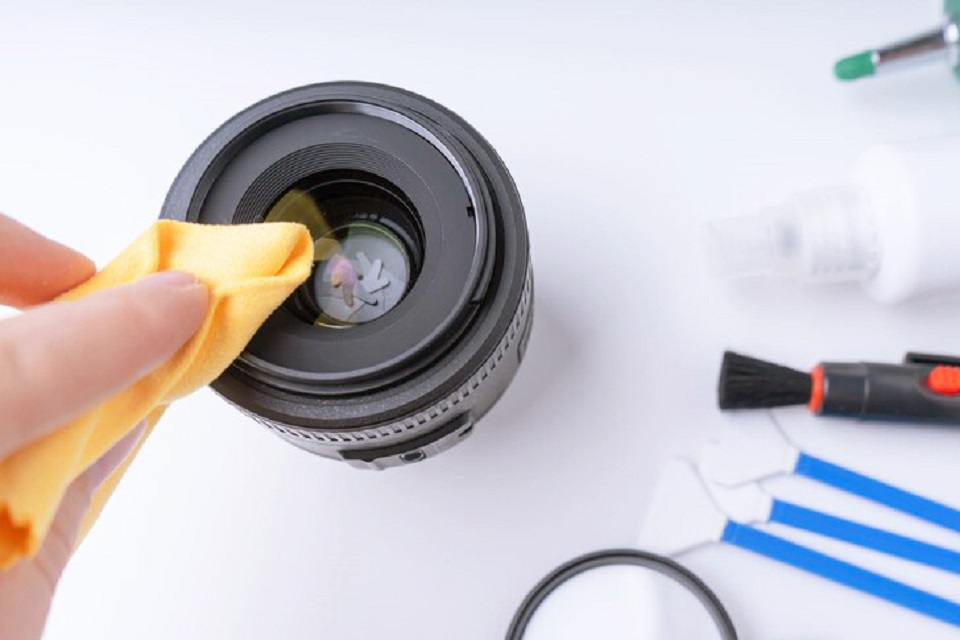
Understanding Compatibility with Different Nikon Cameras
Nikon offers a wide range of camera models, each with its specifications and features. When selecting a wide-angle lens, it’s crucial to ensure compatibility with your specific Nikon camera model. While many Nikon wide-angle lenses are designed to be versatile and compatible with multiple camera bodies, checking compatibility ensures that you can take full advantage of the lens’s capabilities.
Breaking the Myth: Wide Angle Lenses Are Not Only for Professionals
There’s a common misconception that wide-angle lenses are primarily intended for professional photographers. However, this couldn’t be further from the truth. Wide-angle lenses offer a wealth of creative possibilities that are accessible to photographers of all skill levels. Enthusiasts and hobbyists can explore the unique visual effects and storytelling opportunities that wide-angle lenses provide. By understanding the fundamentals of wide-angle photography and practicing different techniques, photographers at any level can capture stunning and engaging images.
Capturing Unique Moments with Creativity and Flair
One of the joys of using Nikon wide-angle lenses is the opportunity to capture unique moments with creativity and flair. The wide field of view allows you to include both your subject and its surroundings, creating a comprehensive visual story. Experiment with different angles, compositions, and perspectives to add your personal touch to each photograph. Whether you’re capturing candid moments, street scenes, or dynamic action shots, the versatility of Nikon wide-angle lenses empowers you to tell compelling stories through your images.
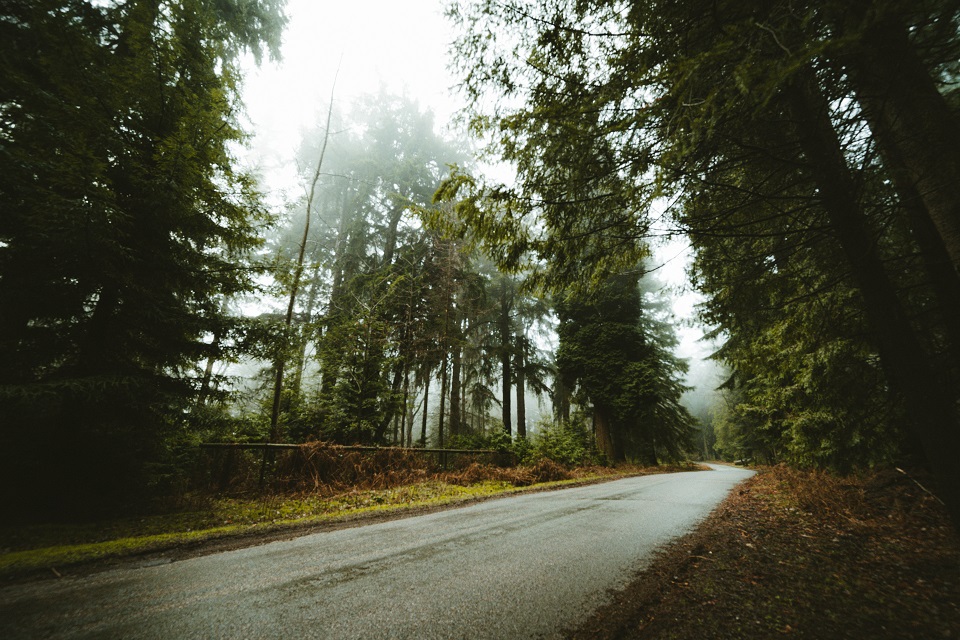
Innovations in Nikon Wide Angle Lens Technology
Nikon continuously invests in research and development to enhance the performance and capabilities of their wide-angle lenses. Innovations in lens coatings, autofocus technology, and optical design contribute to improved image quality and usability. Some modern Nikon wide-angle lenses incorporate advanced features such as vibration reduction (VR) technology, which helps reduce camera shake and produces sharper images. Additionally, silent wave motor (SWM) technology ensures smooth and quiet autofocus operation, making these lenses suitable for various shooting scenarios.
Conclusion: Unleash Your Creativity with Nikon Wide Angle Lenses
Nikon wide-angle lenses open up a world of creative possibilities for photographers. With their ability to capture expansive scenes, emphasize architectural details, and convey a unique perspective, they’re an indispensable tool for any photography enthusiast. From the sweeping vistas of landscapes to the intricate corners of interior spaces, Nikon wide-angle lenses enable you to explore and express your creativity like never before. So, grab your Nikon wide-angle lens, step into the world of visual storytelling, and unleash your creative vision.
FAQs
- Can I use wide-angle lenses for portrait photography? Wide-angle lenses are not typically recommended for portrait photography as they can distort facial features. However, creative use of wide angles can result in unique portraits.
- Are Nikon wide-angle lenses compatible with all Nikon camera models? While many Nikon wide-angle lenses are designed to be compatible with various Nikon camera models, it’s essential to check compatibility before making a purchase.
- Do wide-angle lenses require special care compared to standard lenses? Wide-angle lenses require similar care as standard lenses. Regular cleaning and proper storage are important to maintain image quality.
- Can I achieve a shallow depth of field with a wide-angle lens? Wide-angle lenses generally have a larger depth of field due to their shorter focal lengths. Achieving a very shallow depth of field might be challenging but not impossible.
- What is the “fisheye” effect sometimes associated with wide-angle lenses? The fisheye effect is a type of distortion that creates a rounded, bulging appearance at the edges of the frame. Some photographers embrace this effect for creative purposes.
